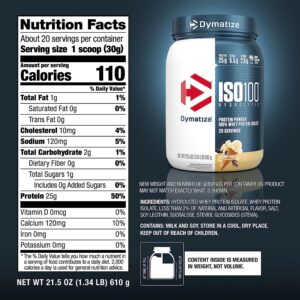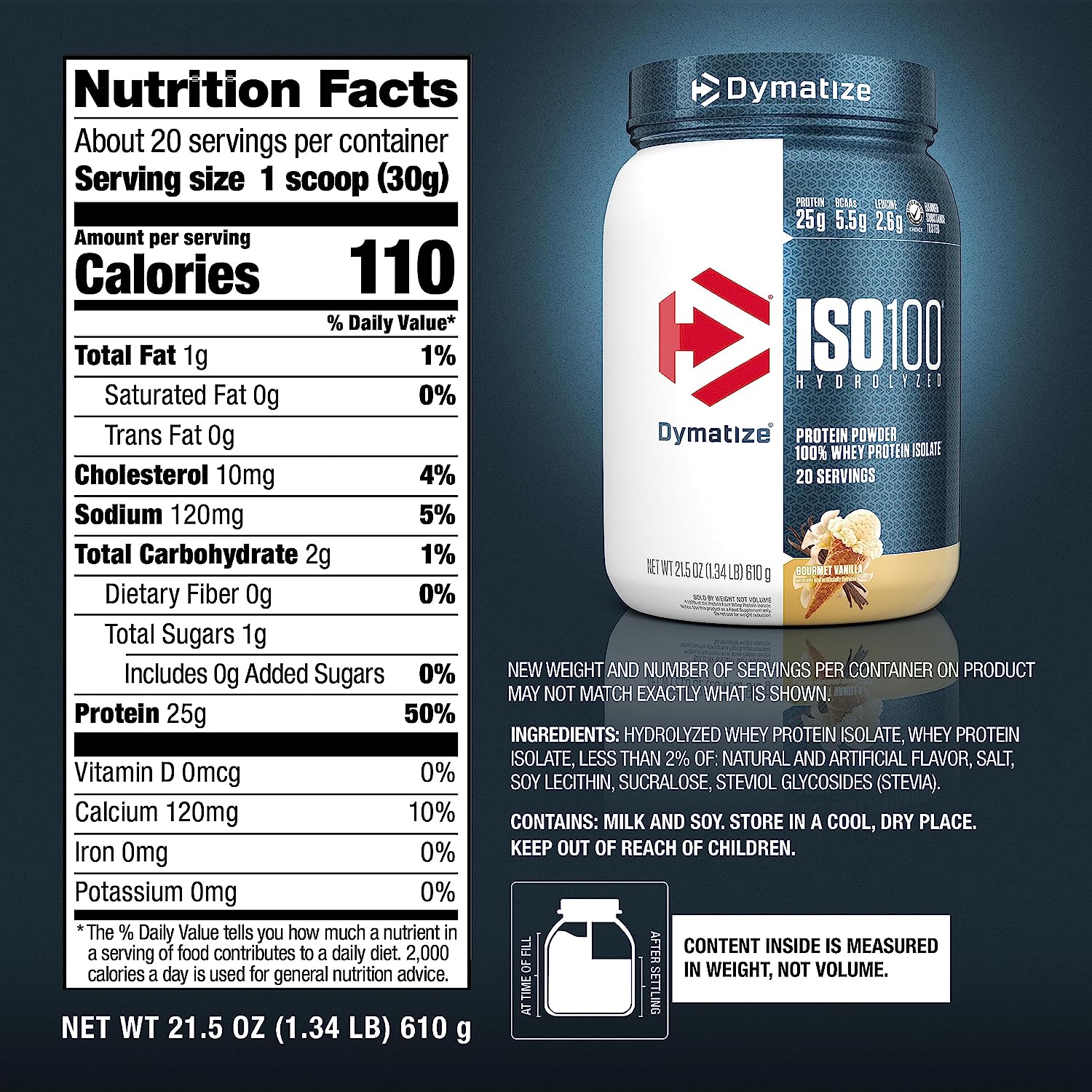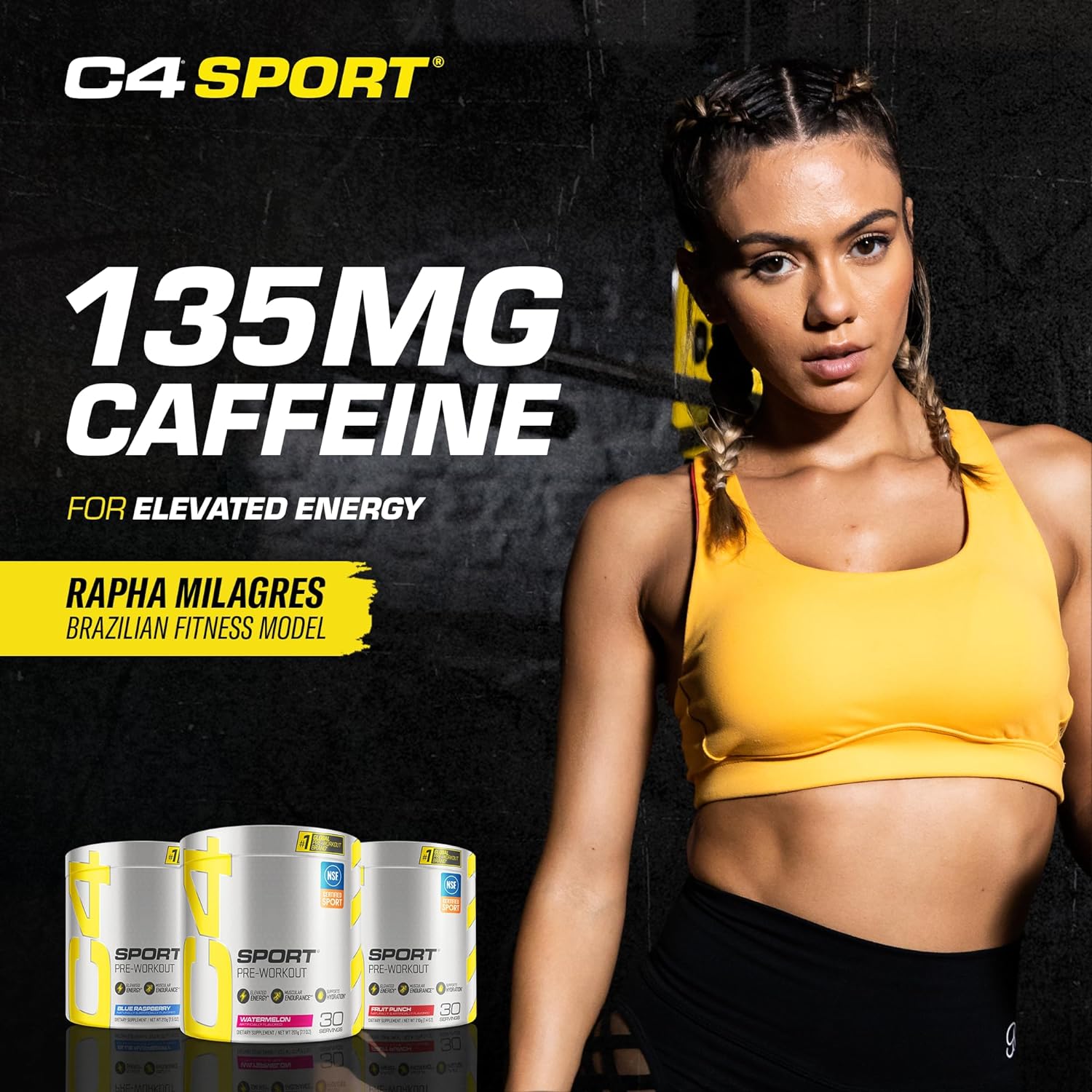
Maximizing Your Workout with Fitness Protein: Tips and Tricks for Fitness Enthusiasts
Introduction
Enhancing your fitness routine isn’t just about the grind in the gym—your diet plays an equally crucial role. Protein, in particular, stands out as a key player in boosting performance and accelerating muscle recovery. In this post, you’ll discover practical tips on how to maximize your workout with fitness protein, learn about various protein products, and get insights into the latest trends in protein supplementation.
The Role of Protein in Fitness
Protein isn’t just for bulking up; it’s fundamental for muscle repair and growth. When you work out, your muscles endure tiny tears that must be repaired to grow stronger. Protein provides the essential amino acids that facilitate this repair process, leading to muscle growth. Moreover, adequate protein intake can significantly enhance your overall fitness performance, helping you push through those last reps with ease. The benefits of protein for post-workout recovery cannot be overstated. It accelerates muscle repair, reduces soreness, and ensures you’re ready for your next workout sooner.
In essence, understanding protein’s role in fitness sets the stage for choosing the right type of protein for your needs. Up next, let’s dive into the different types of fitness proteins available.
Types of Fitness Protein
Navigating the world of fitness protein can be overwhelming, but understanding the basics can make your choices easier.
Protein Powder
Protein powders are among the most popular supplements for fitness enthusiasts. They come in various forms, each with unique benefits and characteristics.
Whey Isolate
Whey isolate is a standout in the protein powder category. It’s highly refined, boasting a high protein content with minimal fats and lactose. This makes it an excellent option for those looking to maximize protein intake without extra calories.
Hydrolyzed Protein
Hydrolyzed protein is pre-digested for faster absorption. This means your body can quickly use the protein to start repairing muscles almost immediately after ingestion.
Easy-Digesting Protein
For those with sensitive stomachs, easy-digesting protein options are a lifesaver. These proteins are formulated to minimize digestive discomfort, ensuring you get your nutrients without any issues.
Gluten-Free Protein
Gluten-free protein options are essential for individuals with gluten intolerance or those who prefer to avoid gluten. They offer all the benefits of traditional protein powders without the gluten.
Understanding these types will help you choose the best option for your needs. Now, let’s discuss how to incorporate these proteins into your workout routine effectively.
How to Incorporate Protein into Your Workout Routine
Incorporating protein into your workout routine isn’t rocket science, but timing, dosage, and method are crucial.
Timing
- Pre-Workout: Consume protein 30-60 minutes before your workout to fuel your muscles.
- Post-Workout: Have protein within 30 minutes after your workout for optimal muscle recovery.
Dosage
Your protein needs depend on your fitness goals. A general guideline is 1.2 to 2.2 grams of protein per kilogram of body weight per day.
Methods
- Shakes: Mix protein powder with water or milk for a quick, on-the-go option.
- Bars: Convenient for a snack or post-workout recovery.
- Meals: Incorporate protein-rich foods like chicken, fish, or legumes into your meals.
By understanding the best times to consume protein and how much you need, you can effectively integrate it into your fitness regimen. Now, let’s explore the latest trends in fitness protein.

Latest Trends in Fitness Protein
The fitness protein industry is ever-evolving, with new innovations and trends emerging regularly.
Innovations in Protein Supplements
From advanced absorption technologies to new formulations, protein supplements are becoming more effective and user-friendly.
Plant-Based Protein Options
Plant-based proteins are gaining popularity for their environmental benefits and suitability for vegan diets. They offer a viable alternative to traditional animal-based proteins.
Advances in Protein Absorption and Digestion Technology
New technologies are making proteins easier to digest and absorb, ensuring you get the maximum benefit from each serving.
Staying updated on these trends can help you make informed decisions about your protein supplementation. Speaking of informed decisions, let’s introduce a top-notch product that could be a game-changer for you.
Product Advertisement: Dymatize ISO100 Hydrolyzed Protein Powder
Introducing Dymatize ISO100
Dymatize ISO100 Hydrolyzed Protein Powder is scientifically formulated with fast-digesting hydrolyzed whey protein isolate. It offers 25 grams of protein, including 5.5 grams of BCAAs and 2.6 grams of leucine per serving. With only 1g of fat and sugar per serving, this gluten-free protein is also easy to digest, making it perfect for post-workout recovery.
Key Benefits
- High Protein Content: 25 grams of protein per serving.
- BCAAs: 5.5 grams of branched-chain amino acids for muscle recovery.
- Low Fat and Sugar: Only 1g each per serving.
- Gluten-Free: Less than 1g lactose, ideal for those avoiding gluten.
Why It’s Beneficial
Dymatize ISO100 is fast-absorbing, ensuring quick nutrient delivery to your muscles. Its easy-digesting nature makes it suitable for everyone, and the Gourmet Vanilla flavor is perfect for shakes and smoothies.
By now, you should have a comprehensive understanding of how to maximize your workout with fitness protein. Let’s wrap up with some key takeaways.
Conclusion
In summary, protein plays a pivotal role in fitness performance and muscle recovery. Understanding the different types of fitness protein and how to incorporate them into your routine can significantly enhance your results. Staying updated on the latest trends ensures you’re making the best choices for your fitness journey. Consider Dymatize ISO100 Hydrolyzed Protein Powder as a high-quality option to support your goals.
Call-to-Action
Have any tips for incorporating protein into your workout? Share them in the comments! And if you’re looking for a superior fitness protein experience, explore Dymatize ISO100 Hydrolyzed Protein Powder today.
FAQ
Which protein is good for fitness?
The best proteins for fitness are typically lean cuts of meat, low-fat dairy, beans, pulses, lentils, and fish. These sources provide high-quality protein essential for muscle repair and growth. Additionally, fitness protein powders such as whey isolate and hydrolyzed protein are excellent options for those looking to quickly boost their protein intake.
What are the best protein foods for fitness?
High-protein foods that are particularly beneficial for fitness and muscle building include eggs, chicken, salmon, Greek yogurt, skim milk, and beans. These foods offer a balanced mix of essential amino acids, which are crucial for muscle repair and growth.
What is fitness protein made of?
Fitness protein powders, such as whey and casein, are commonly made from pasteurized milk. Enzymes are added to curdle the milk, and the solid parts are separated to make cheese or casein. The remaining liquid whey is then processed into protein powder, providing a concentrated source of protein ideal for supplementation.



